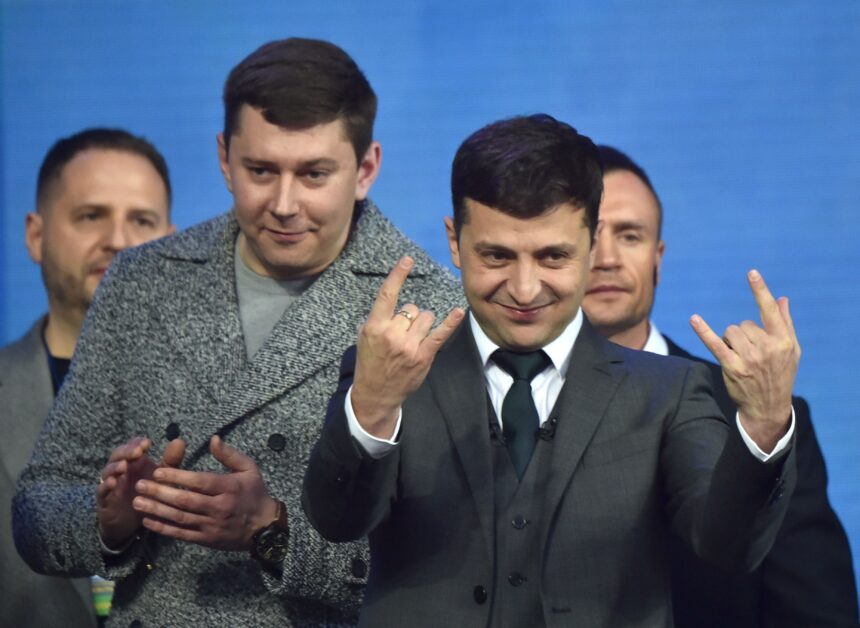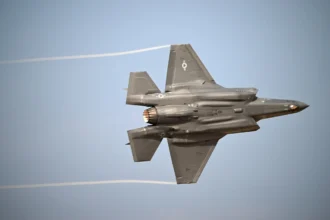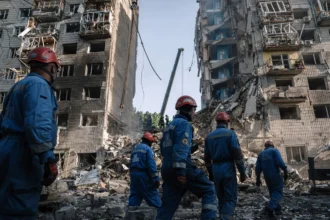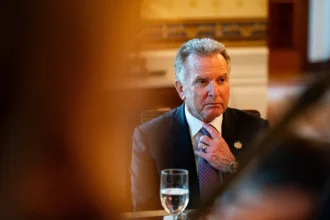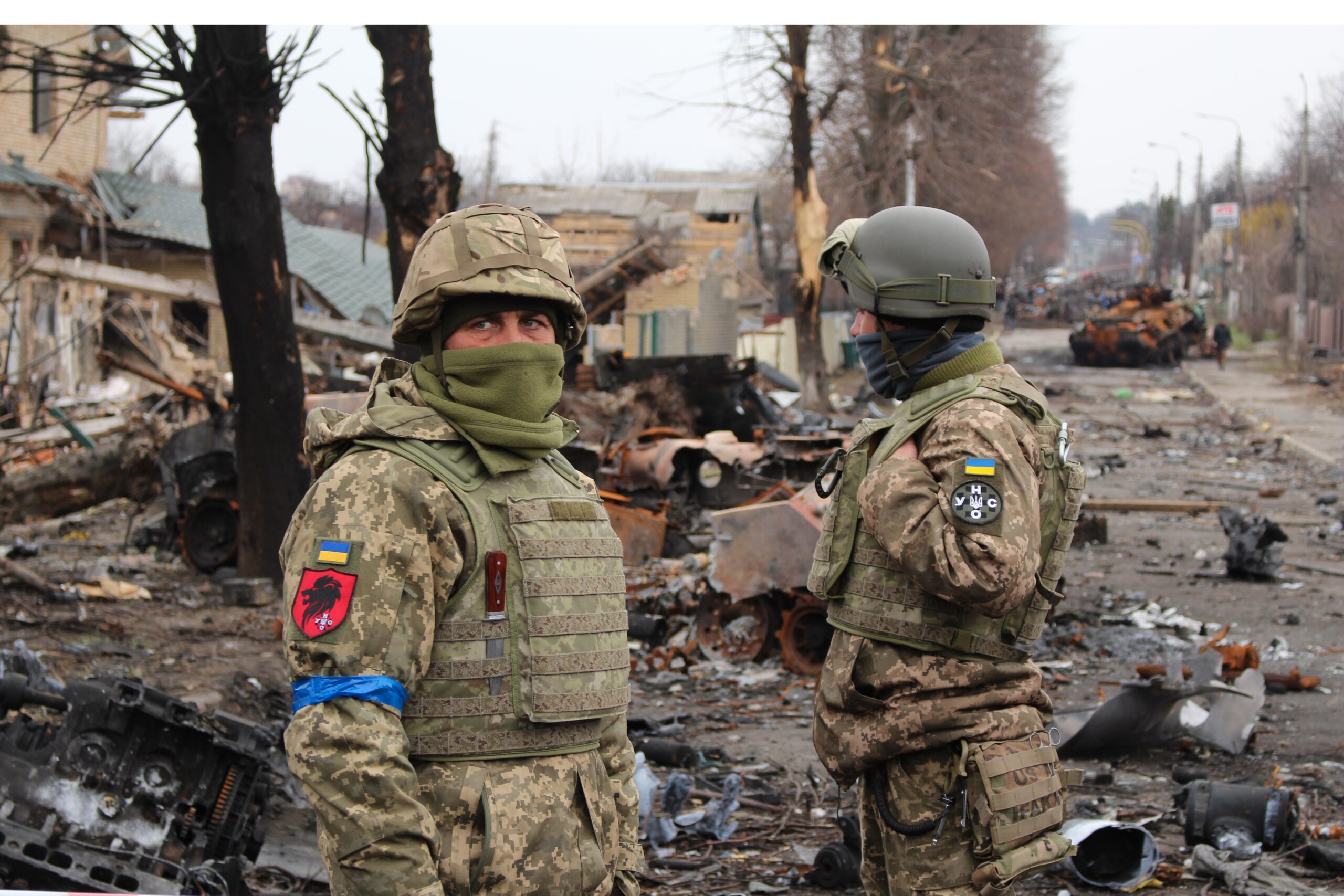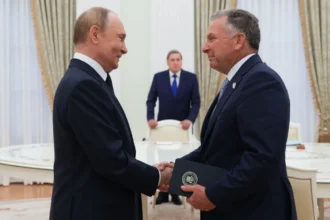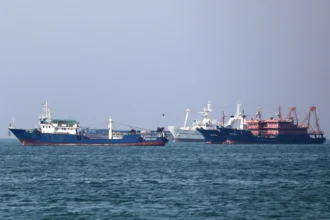The conflict in Ukraine has sparked debate over whether Ukraine is a victim of Russian aggression or a pawn in a larger geopolitical strategy orchestrated by the West to contain Russia. Both perspectives have merit, and the truth likely lies in a complex interplay of these factors.
Ukraine as a Victim:
- Historical Context: Ukraine gained independence from the Soviet Union in 1991 and has since sought to forge its own path, including aspirations to join NATO and the European Union. Russia, under Vladimir Putin, has viewed these ambitions as a threat to its sphere of influence and national security 1•2•3
- Budapest Memorandum: In 1994, Ukraine agreed to give up its nuclear weapons in exchange for security assurances from Russia, the UK, and the US. These assurances included respect for Ukraine’s territorial integrity and political independence. The subsequent actions of Russia, particularly the annexation of Crimea in 2014 and the full-scale invasion in 2022, have been seen as violations of these agreements 1•4•3
- Human Cost: The conflict has resulted in significant civilian casualties and displacement. As of recent estimates, over 12,300 civilians, including hundreds of children, have died since the invasion began 5 The destruction of infrastructure and the economic impact on Ukraine have been severe.
- International Support: Ukraine has received substantial military and economic aid from Western countries, including the US, UK, and EU member states. This support includes weapons, training, and financial assistance, which have been crucial for Ukraine’s defense efforts 1•6•7
Ukraine as a Weapon:
- NATO Expansion: Russia has long opposed the eastward expansion of NATO, viewing it as a direct threat to its security. The inclusion of former Eastern Bloc countries into NATO has been a point of contention, and Russia has argued that these expansions violate informal agreements made during the end of the Cold War 2•8•9
- Strategic Interests: The West, particularly the US, has strategic interests in containing Russian influence. By supporting Ukraine, the West can weaken Russia’s position in the region and prevent it from gaining further territorial advantages. This strategy aligns with the broader geopolitical goal of maintaining a balance of power in Europe 10•11•12
- Military Assistance: The timing and nature of Western military aid to Ukraine suggest a coordinated effort to strengthen Ukraine’s defensive capabilities. The provision of advanced weaponry, intelligence support, and training indicates a deliberate strategy to enhance Ukraine’s ability to resist Russian aggression 10•6•7
- Economic and Political Pressure: The West has imposed extensive sanctions on Russia, targeting individuals, banks, and key sectors of the Russian economy. These sanctions aim to cripple Russia’s economic capabilities and limit its ability to sustain the conflict 1•13
In conclusion, Ukraine is both a victim of Russian aggression and a tool in the West’s strategy to contain Russia. The complex dynamics of the conflict involve historical grievances, strategic interests, and the pursuit of national sovereignty. While Ukraine bears the brunt of the conflict, the West’s involvement underscores the broader geopolitical dimensions at play.

